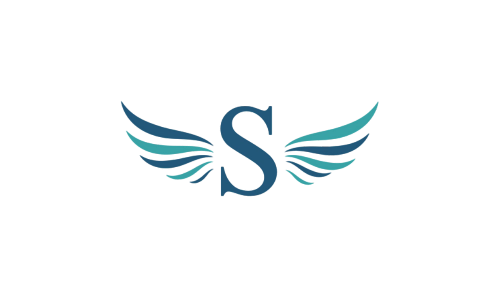From Punch Cards to Selfie Attendance: The Evolution of Attendance Tracking
Attendance tracking has evolved from simple manual registers to sophisticated digital systems. Accurate attendance management is critical for businesses to ensure productivity, streamline payroll, and foster employee accountability. With technologies like geo-tracking and selfie-based attendance systems, workforce management has entered a new era of precision and convenience.
Let’s explore how attendance tracking has transformed over the years and why modern solutions like Shramdoot’s selfie attendance set new benchmarks.

The Early Days: Manual Attendance Systems
In the early days, attendance tracking was entirely manual. Physical registers and timecards were used to record employee check-ins and check-outs. While these methods were simple and required minimal infrastructure, they had significant limitations:
Proxy Attendance
- Employees could sign in for absent colleagues, leading to fraudulent records.
Inaccuracies:
- Manual errors in recording times and attendance details were common.
Proxy Attendance
Reviewing and tallying attendance data for payroll purposes was labor-intensive.
Manual systems laid the groundwork for tracking attendance but were not scalable for growing businesses.
The Era of Punch Cards and Swipe Machines
The introduction of punch cards in the mid-20th century revolutionized attendance tracking. Employees would insert a card into a time clock to stamp the time and date, creating a digital record. This innovation made tracking attendance more efficient and accurate compared to manual registers.
Soon after, swipe cards and biometric systems emerged. These systems automated attendance logging and reduced some common challenges like proxy attendance. However, they had their own issue
Lost Cards:
Employees frequently misplaced swipe cards, causing disruptions.
System Failures:
Technical glitches in biometric readers or time clocks could lead to inaccurate records.
Fraud Loopholes:
In some cases, employees could manipulate these systems.
Despite these drawbacks, punch cards and swipe machines marked the first steps toward automating attendance tracking.
The Digital Shift: Automated Attendance Systems
The digital revolution brought significant advancements to attendance management. Modern HR management software integrated attendance tracking with payroll and employee databases, eliminating manual processes.
Benefits of Automated Systems:
Real-Time Tracking
Attendance data is logged instantly, ensuring accurate records.
Centralized Data Storage
Attendance records are stored in secure digital databases, accessible anytime.
Customization
Businesses could configure systems to accommodate flexible work hours, shifts, and overtime.
The Modern Era: Selfie Attendance and Geo-Tracking
With the rise of mobile technology, selfie-based attendance systems have emerged as a game-changer. Here’s how they work:
Selfie Authentication
Employees take a selfie to clock in, and the system uses facial recognition to verify their identity.
Geo-Tracking
GPS technology ensures that employees are physically present at designated locations during check-in
Advantages of Selfie Attendance Systems
Enhanced Accuracy:
Eliminates proxy attendance with facial recognition.
Convenience:
Employees can clock in using their smartphones, making it ideal for remote and hybrid teams.
Fraud Prevention:
Geo-tracking ensures attendance is logged only in authorized locations.
Shramdoot’s selfie attendance system combines these features, offering a seamless solution for businesses looking to modernize their attendance management.
Benefits of Advanced Attendance Systems
Adopting modern attendance solutions provides a range of benefits:
Real-Time Analytics:
Businesses can track attendance trends and identify patterns to optimize workforce productivity.
Integration with Payroll:
Attendance data automatically syncs with payroll systems, reducing errors and saving time.
Improved Employee Accountability:
Transparent systems ensure employees take responsibility for their attendance.
Advanced systems like Shramdoot improve efficiency and enhance employee trust and satisfactio
Future Trends in Attendance Management
The future of attendance tracking looks even more promising, with emerging technologies poised to transform the field further:
AI-Driven Predictions:
Artificial intelligence can analyze attendance trends to forecast absenteeism and optimize scheduling.
Wearables and IoT:
Smart devices like watches and sensors could track attendance seamlessly
Blockchain for Tamper-Proof Records:
Blockchain technology could create immutable attendance logs, enhancing security and transparency
These innovations will make attendance tracking more efficient, secure, and adaptable to evolving workplace needs.
Conclusion
Attendance tracking has evolved significantly from manual registers to selfie-based systems with geo-tracking capabilities. Modern solutions like Shramdoot’s attendance system address common challenges like proxy attendance and manual errors, providing businesses with accurate, real-time data to enhance workforce management.
As technology advances, businesses must adopt innovative solutions to stay competitive and efficient.
Ready to modernize your attendance management? Explore Shramdoot’s cutting-edge selfie-based attendance system today and experience the future of workforce tracking!

